Combine two columns in SQL Server: one column has varchar values and other column has int values.
 .
.
This is the code I have used to get the result
Trying to combine two columns: one column is varchar and another one is int.
I'm trying to combine learningareas and Noramlyearlevel columns.
This is the actual query.
select distinct v.StaffPreferredName, v.StaffSurname, v.StaffOccupEmail,
l.learningareacode as 'Learning Areas',
sc.NormalYearLevel as 'NormalYearLevel'
from vstaffDescription'
And I'm trying to get the result output like this
 .
.
I tried this code,

I got the output as,
Alexander Scott Alex.Scott@pegs.vic.edu.au Geography: 8, Geography: 8, Geography: 8, Politics: 10, Politics: 10.
Please guide me to get the required output.
Thanks